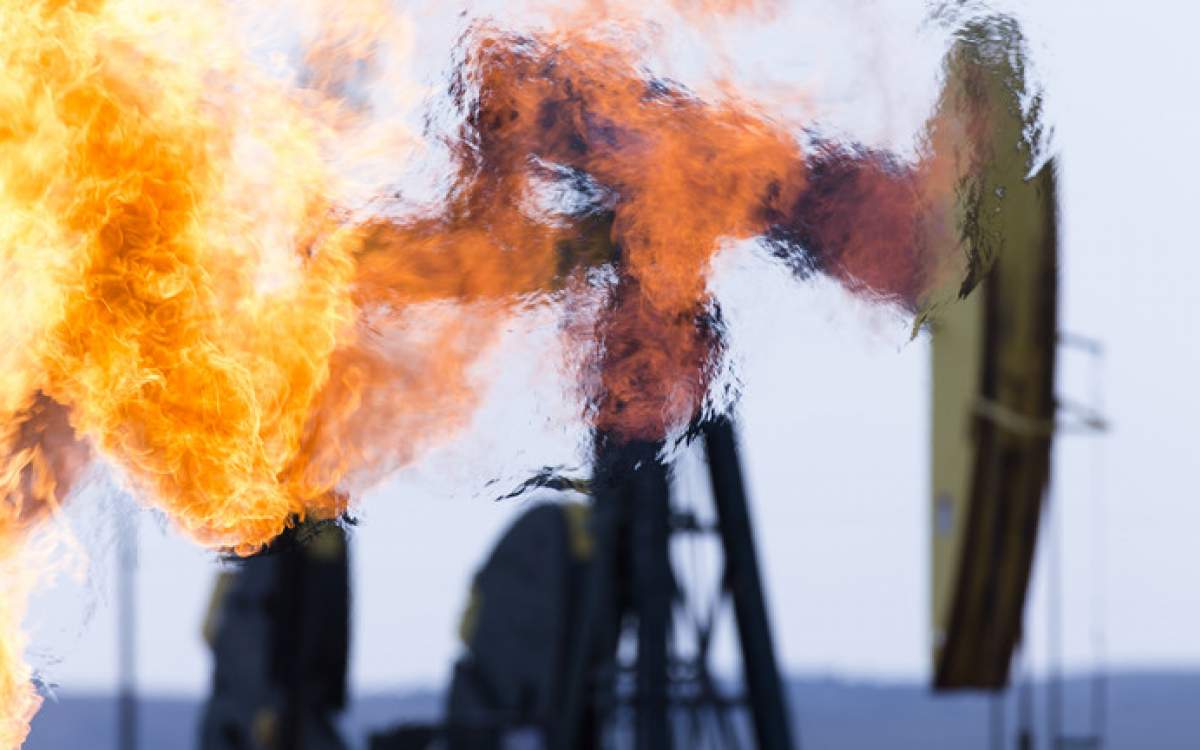The Iran Project
: Crude prices soared to $86 per barrel on Monday, hitting a four-month high, with industry experts attributing the surge to China’s strong economic data and Ukraine’s drone attacks on Russian oil refineries.
Tuesday 19 March 2024 - 23:24
Story Code : 417997
Source : RT
Oil prices hit four-month high
Brent futures topped $86 per barrel on Monday
Oil prices have hit their highest levels since November after China’s macro-economic data exceeded expectations, adding to optimism over Beijing’s economy, market analysts say.
Prospects for global trade have also picked up according to Rolf Habben Jansen, CEO of Hapag-Lloyd, the world’s fifth-largest ocean carrier, despite China’s stuttering recovery and ongoing disruptions to commercial shipping via the Red Sea.
“We also see that inventories are depleted in many cases and so far we’ve seen a good recovery after Chinese New Year,” Jansen told CNBC on Monday.
Analysts also suggested that recent Ukrainian drone strikes on Russian refineries have heightened geopolitical risks, pushing crude prices up.
Ukrainian UAVs targeted several Russian oil refineries on Saturday, the latest series of strikes on energy facilities.
The attacks targeted plants in Russia’s Samara region, more than 1,000 kilometers from the Ukrainian border. A processing unit caught fire on the territory of Rosneft’s refinery in Syzran, according to regional governor Dmitry Azarov. The plant’s capacity is 8.5 million barrels annually, or about 170,000 barrels per day. An attempt to strike a second refinery in Novokuibyshevsk was intercepted, the governor added.
Another drone attack occurred at the Slavyansk-on-Kuban oil refinery in Russia’s southern Krasnodar Region, with no casualties or injuries on the ground, according to local authorities.
“The strikes on Russian refineries added $2 to $3 a barrel of risk premium for crude last week, which remains in place as we start this week with more attacks over the weekend,” Vandana Hari, founder of Vanda Insights in Singapore, told Bloomberg on Monday.
The advance in crude prices has also been underpinned by OPEC+ production cuts, and economists’ expectations of a global deficit this year.
OPEC+, which comprises the Organization of the Petroleum Exporting Countries (OPEC) and allies including Russia, agreed in October 2022 to cut output by 2 million barrels per day (equivalent to 2% of global supply) until the end of 2023. The group later agreed to extend the curbs to the end of 2024, in an effort to balance out the market.
Reporter : Editorial of The Iran Project
# Tags











